This fall, there’s much to covet at perfume counters.
My No. 1 choice: Givenchy’s Dahlia Noir. The first fragrance developed under creative director Riccardo Tisci, this floral chypre scent, in a decidedly unfussy bottle, is based on rose, iris and mimosa with woody facets such as sandalwood, patchouli and tonka bean. The 1.7 ounce eau de parfum is $90.
Says Givenchy: “Dahlia Noir embodies a mysterious and atypical woman.”
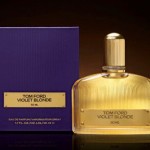 Full-on floral: Tom Ford’s Violet Blonde is “a new scent for a new era of feminine glamour” as represented by model Lara Stone. Compositional elements include violet, of course, along with pink pepper, mandarin, iris, jasmine, musk, cedar and vetiver. VB is $100 for 1.7 ounces of eau de parfum; available exclusively at Saks. Through Sept. 18 or while supplies last, online customers will receive a Violet Blonde eau de parfum mini with any Tom Ford purchase.
Full-on floral: Tom Ford’s Violet Blonde is “a new scent for a new era of feminine glamour” as represented by model Lara Stone. Compositional elements include violet, of course, along with pink pepper, mandarin, iris, jasmine, musk, cedar and vetiver. VB is $100 for 1.7 ounces of eau de parfum; available exclusively at Saks. Through Sept. 18 or while supplies last, online customers will receive a Violet Blonde eau de parfum mini with any Tom Ford purchase.
Sexy strength: The new fragrance from Francis Kurkdjian, Aqua Universalis forte, combines bergamot, Sicilian citron, white flowers, Egyptian jasmin, Moroccan roses and light wood notes. It’s citrusy and fresh, regal and sophisticated. $155 for 2.4 ounces of eau de toilette.
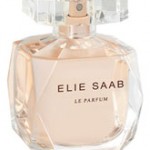 Elegance inside and out: Kurkdjian was also the creative force behind Elie Saab’s first fragrance, which has notes of orange blossom, jasmine, patchouli, rose and cedar. I love the bottle, designed by Sylvie de France; $90 for 1.6 ounces of eau de parfum. The ad campaign features Anja Rubik.
Elegance inside and out: Kurkdjian was also the creative force behind Elie Saab’s first fragrance, which has notes of orange blossom, jasmine, patchouli, rose and cedar. I love the bottle, designed by Sylvie de France; $90 for 1.6 ounces of eau de parfum. The ad campaign features Anja Rubik.
I did not receive product or compensation for this post.
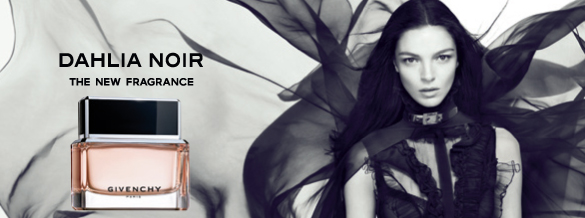





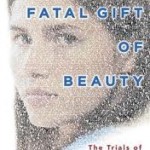
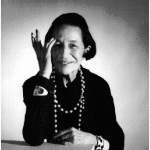
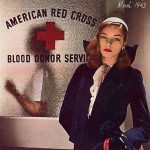
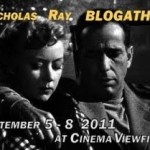
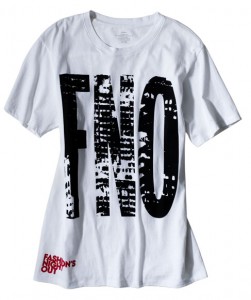

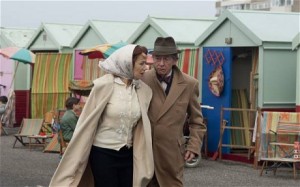
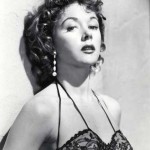
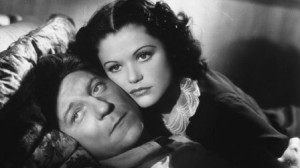
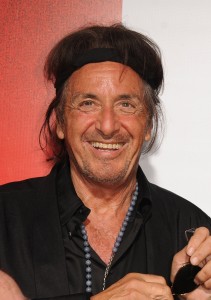
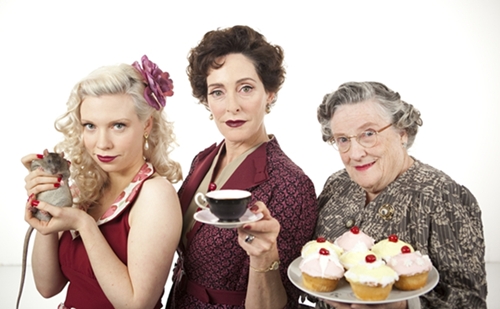

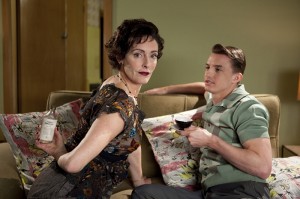
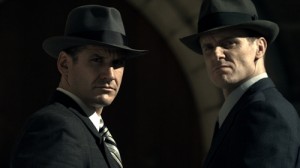

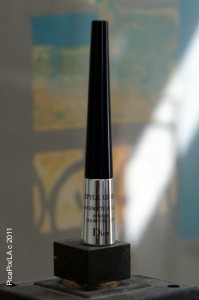



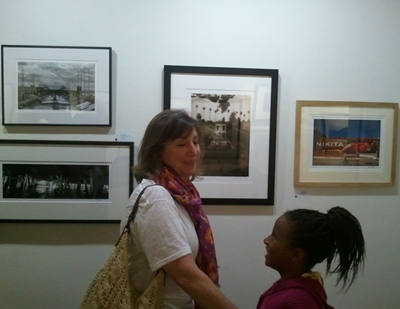
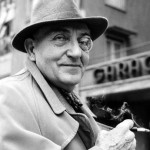
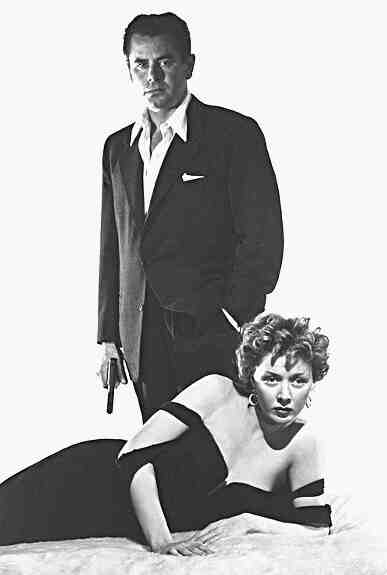
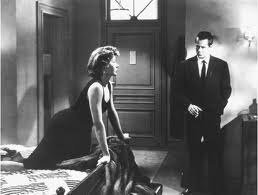
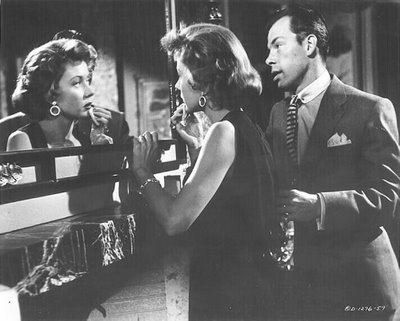





From FNB readers